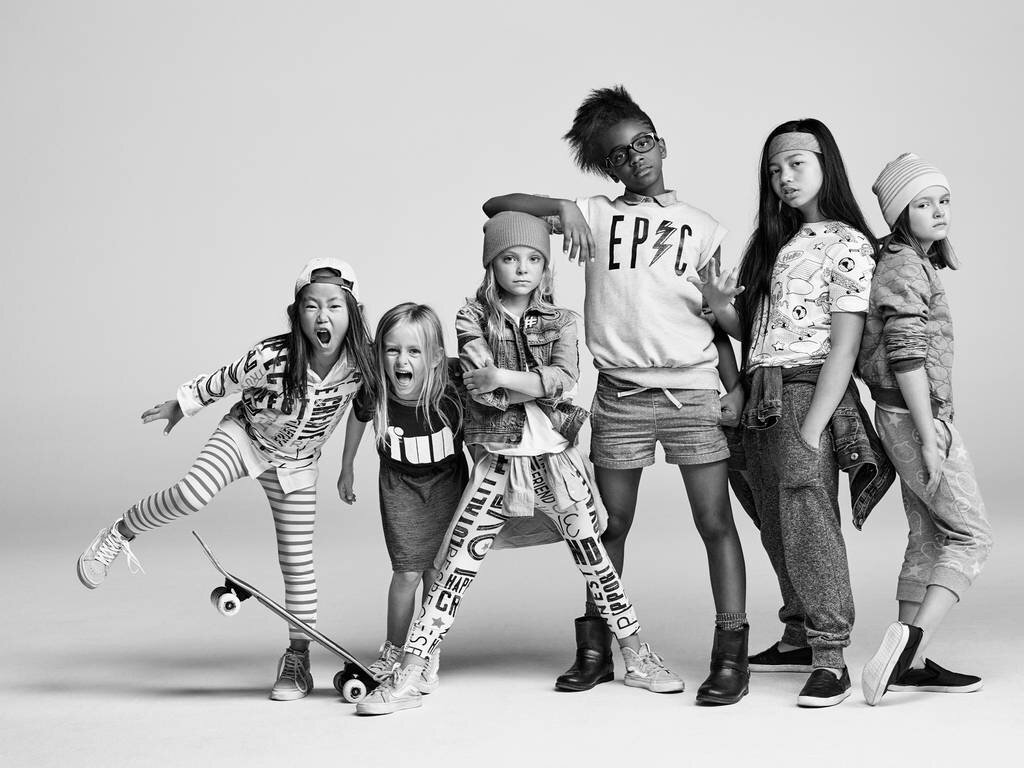Unclass to view clearer: the real motivations of market
Complex and paradoxal customers are making companies rethink the way they segment the market. Classic divisions based in demographic classifications as social class, region, age-range, or gender, are outdated. TRANScenGENDER, Youth Mode and Unclassed trends materialize emergent values in social dynamics, and justify the death of the classic target.
There are examples right in front of us, but before enumerating some of them, it is important to clarify that every trend materializes culturally, that is, it is perceivable in several areas of contemporaneity, including consumption – as it is seen by anthropology as a very fertile area for comprehending human behaviour.
very fertile area for comprehending human behaviour.
“Things as fashion, objects, products, services, design, brands, luxury labels, shopping malls, television, publicity, mass communication, all of these are undeniable traces of the spirit of time, and everyone one, in their own way, gives visibility to consumption in our everyday social life. ” — Prof. Dr. Everardo Rocha, anthropologist
Free Gender

Axe: the latest brand campaign talks about breaking the paradigms of market segmentation.
How old do you wanna be?
The idea that chronological age is not linked to youthfulness or to attitude is proven by today’s consumption scenario. It is clearly a new emergent value in society.
Mature women starring advertisement campaigns are not few: Catherine Deneuve for Louis Vuitton, Jessica Lange for Marc Jacobs, Iris Apfel for Kate Spade, Joan Didio for Céline, Anjelica Houston for Gap, Sophia Loren for Dolce&Gabbana. In addition to the message that youth and beauty belong to all ages, these campaigns show that regular stereotypes are open to “out of pattern” models. We also know brands are very interested in this market share: people over 60 years old are the world’s fastest growing consumer group.

You don’t classify a multividual
One can’t classify consumers only by their social class and buying power, nor by gender and age-range alone. To “Unclass” is to look deep inside people, aiming to understand their real motivations. Only this way it’s possible to group them: by affinity.
“The very fabric of the industrial culture, which consists of elaborating an identity ever alike to itself ”, doesn’t work anymore. In the digital culture, identities are not stationary, they fluctuate. The concept of multividual modifies the basic concept of individual. It is divisible, plural, fluid. The same person can have multiple ‘me’s’, multividuating subjectivity.” — Massimo Canevacci
Defining a target public is understanding the reasons why different people, paradoxical and diverse, “gather” around the same brands or ideals – since talking about brands in the post-modernity is talking about valors over materiality, being the first one the real reason people transit in the same consumption circle. The reason is consumption becomes more (or maybe less) than only buying a product. To be a fan of a brand and to spread their messages on social media, or “likes” on Facebook, are, too, a way of consumption.
This is one of the reasons why our analysis of the market cannot be restricted to traditional segmentations. Another point to think about is: purchase power is not directly related to socioeconomic class. Who can buy more, a teen office boy who works just to pay for his personal consumption, and doesn’t have to worry about domestic expenses, or an executive, mother of three children, earning a good salary, but who has to worry about children’s school, babysitter and several other bills?
Must brands speak solely to customers that have the money to buy them, seeing that once it’s turned into an object of desire, it becomes the goal of someone who can give up other purchases and collect money to achieve their aspirational purchase?

That said, it is not hard to see the same product as part of the lives of very distinct people. We can find, sharing the same running lane, a 18 year old boy, who is an assistant pastry chef and lives in Taboão da Serra, and a 32 year old lawyer who lives in Itaim, both wearing the exact same tennis shoes, because both have supine step and worry about comfort and performance. He, who was training for the São Silvestre run, paid for the tennis in cash, while she, who was running to burn calories, paid it in 10 installments on credit.
Even belonging to distinct ages, genders and economical classes, both opted for the same tennis brand and model. A common motivation, that was enough. Had the brand focused only on traditional market classifications, maybe these consumers would not have been seen, or, for that matter, won.
Apart from all that, conscious consumption and sustainability made customers more critical and demanding. They watch one another and the brand, and also use their ethical conduct as a new flag of social power. “Status” is now associated with their attitude to the world rather than acquisitive power. Brands already know that they have to convince far more than just our pockets, and in order to do so they need to see us in a deeper and more qualitative way, so they can argue their purposes better.

Comment